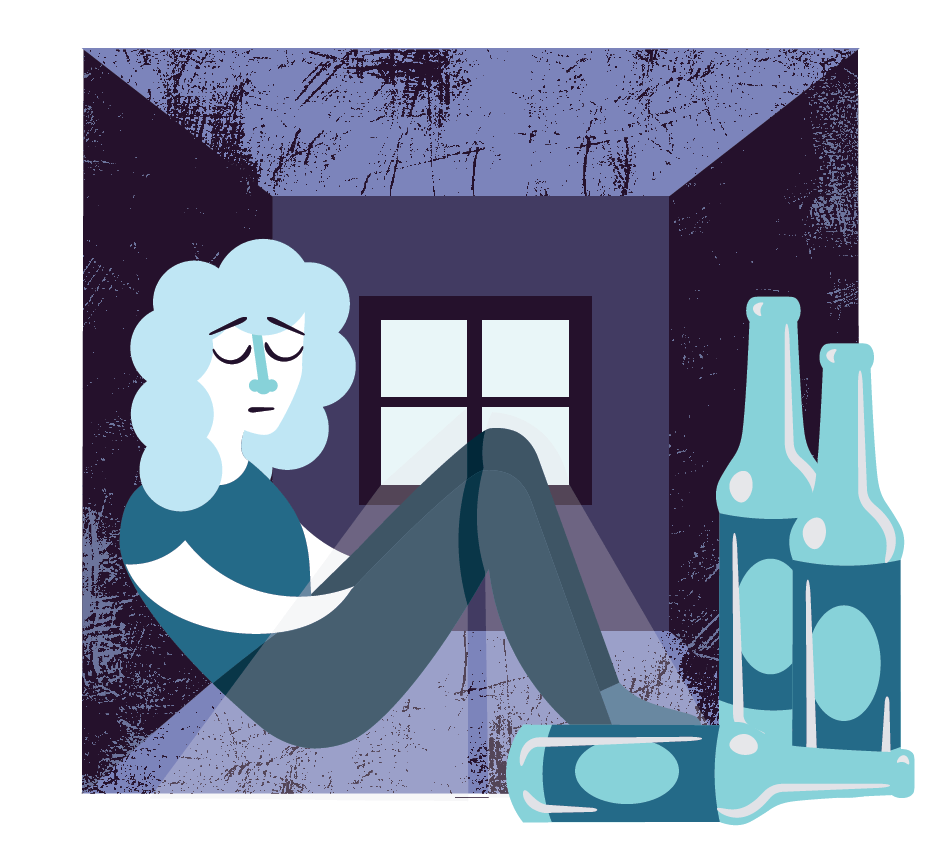OREGON’S FAILING ADDICTION TREATMENT

It isn’t a surprise to the average Oregonian living in urban areas to spot hypodermic needles when they are out and about: tossed in a corner at a MAX stop, stuffed in a crevice along a walking path, left on the side of a grocery store. Unfortunately, it is something that we see more and more often.
What may come as a surprise is that Oregon ranked No. 1 in the entire nation in 2021 for methamphetamine and opioid abuse, fifth in alcohol abuse, and second in overall substance abuse. Even more disheartening is the fact Oregon sits at the bottom – in 50th place – for access to drug treatment services, according to The National Survey on Drug Use and Health.
As personal and social stress levels have escalated due to the disruptions of COVID, people have had fewer options to cope with that stress. Physical activities and social connections haven’t been as easy or safe to participate in, which can lead to someone picking up drugs and alcohol, or using in more significant amounts. The pandemic exacerbated the problem for those individuals struggling with addiction before it started. New barriers to access to housing and health care have compounded the challenges they already faced. Not having support has given birth to a perfect storm of loneliness, temptation, and relapse. According to the Oregon Health Authority, 700 people in Oregon died from a drug overdose in 2020, a 30% increase from 2019.
You might remember back in 2018, Oregon Gov. Kate Brown issued an executive order declaring addiction a public health crisis. During this time, she signed two bills, HB 4134 and HB 4137. These bills tasked the state Alcohol and Drug Policy Commission to create a plan to address substance abuse prevention and treatment. Later, in 2020, Oregon voters passed Ballot Measure 110, which decriminalized possession of small amounts of drugs. The supposed savings gained from not spending police or court money to enforce drug possession penalties, combined with new marijuana sales tax revenue, were to be used to fund new drug addiction treatment programs.
My question is, just how exactly has the state money from these bills dedicated to addiction treatment been spent? The data show that Oregon has a deplorable amount of treatment options for people struggling with addiction, and clearly, the funding from these bills was not appropriately allocated. We could instead take a page from the books of any of the other states on successful treatment options, and we would be better off.
Turning a blind eye to this problem costs lives. Hopefully, there is a light at the end of this tunnel, and the lawmakers of Oregon recognize and act on the need for immediate change.

Leave a comment